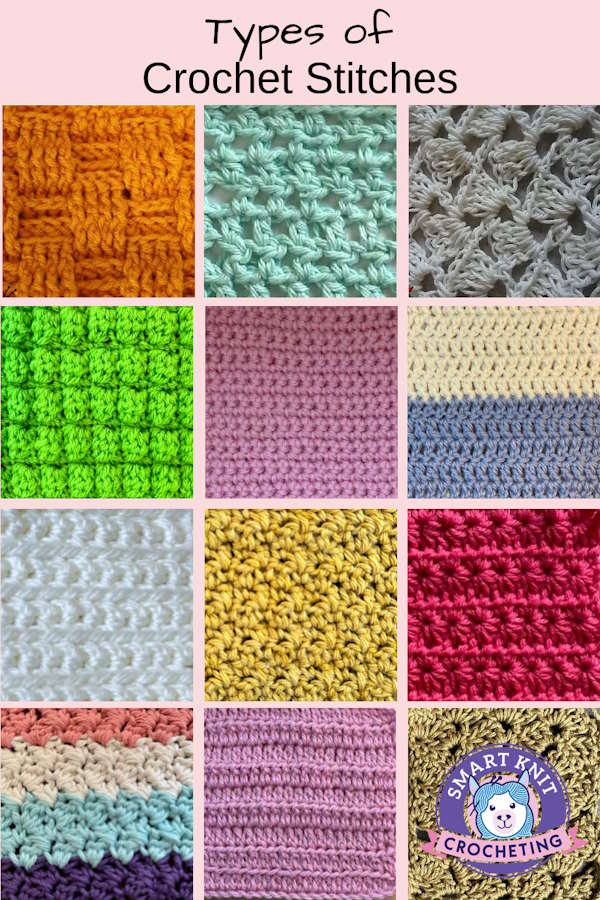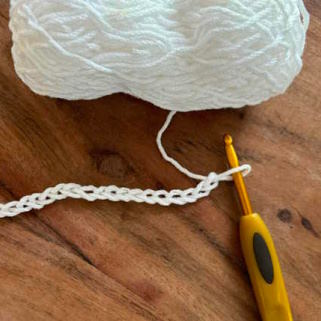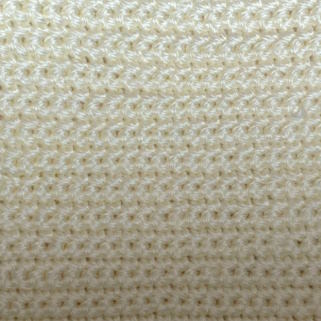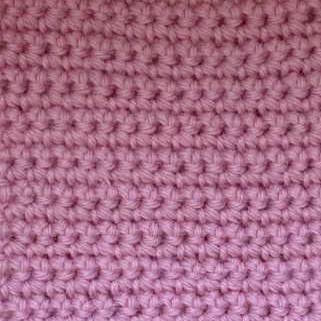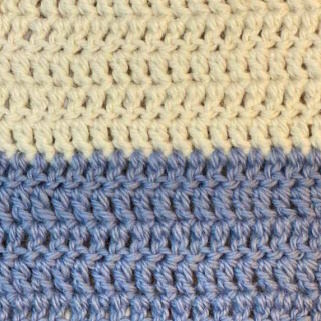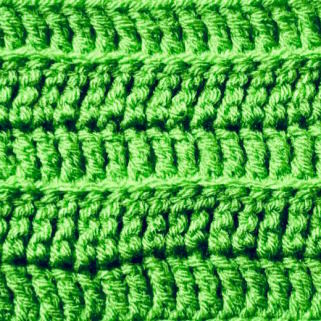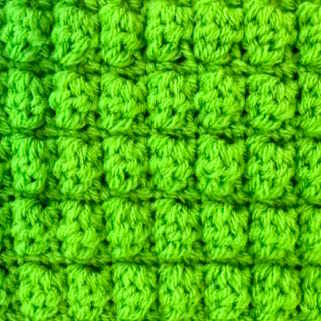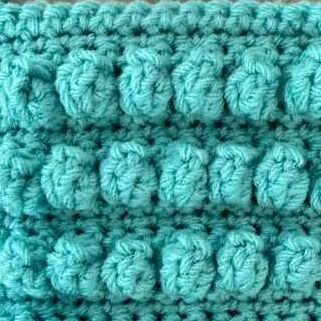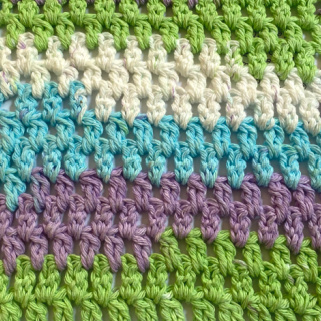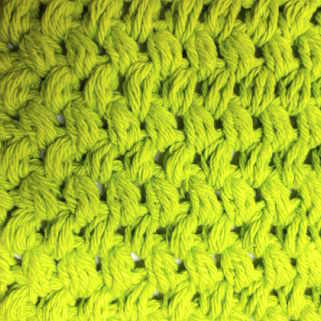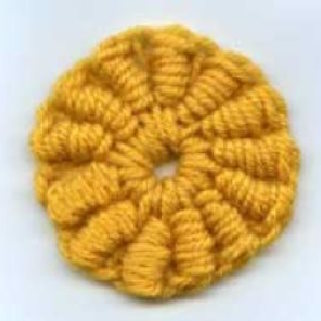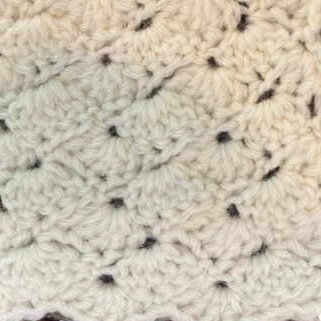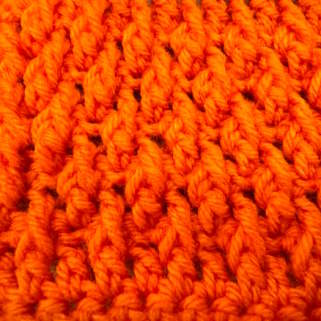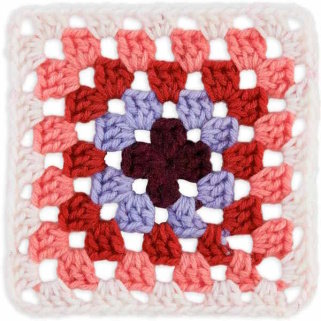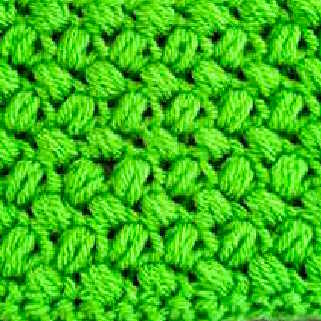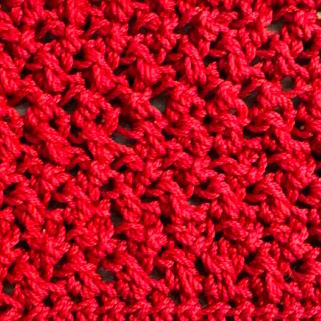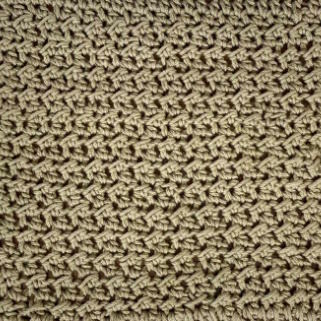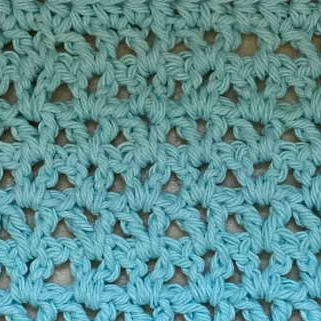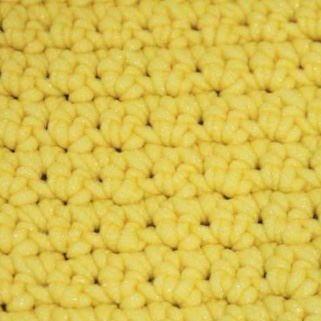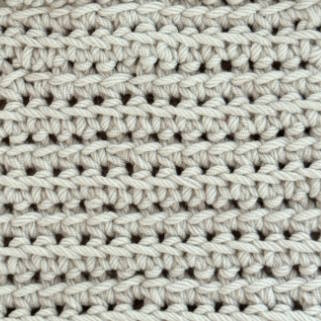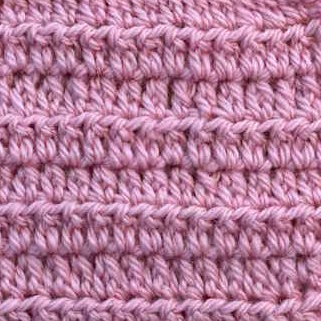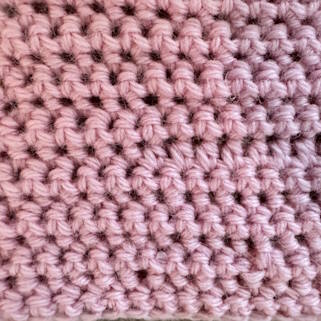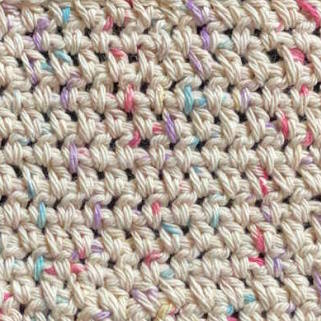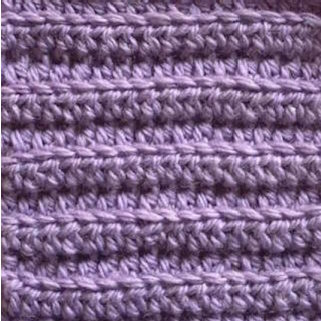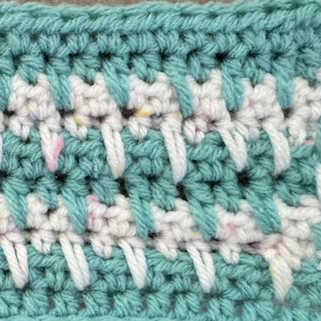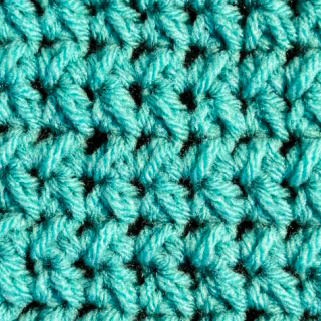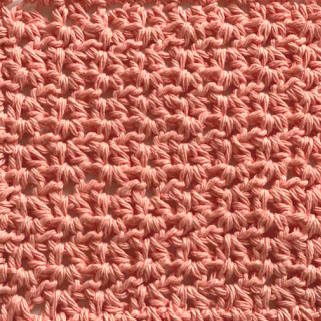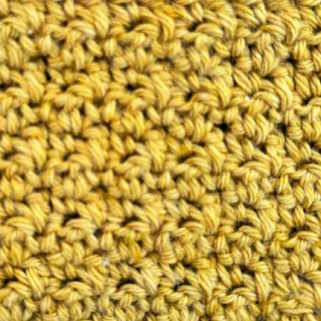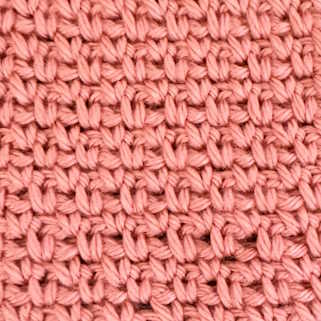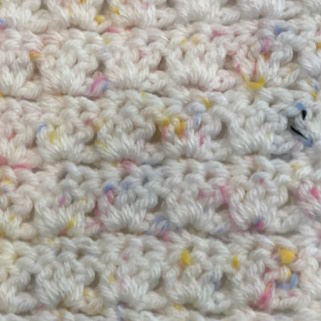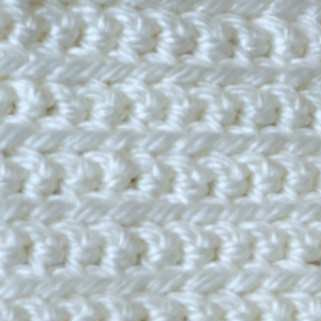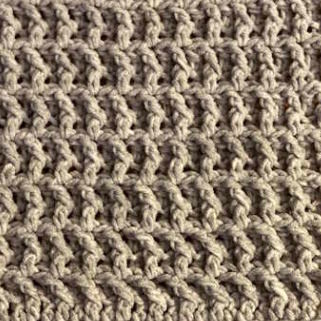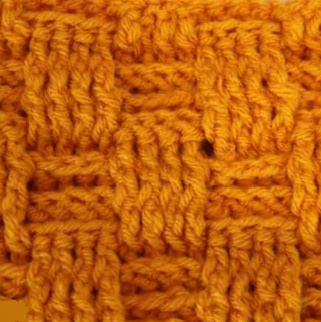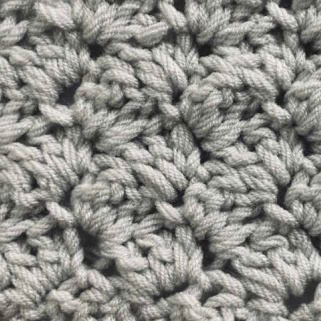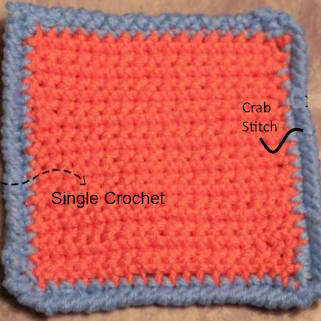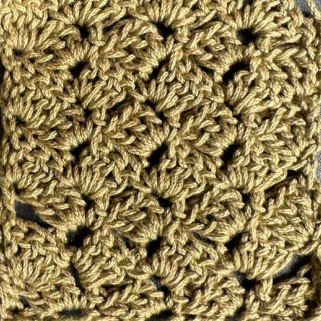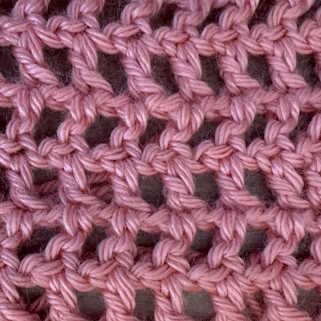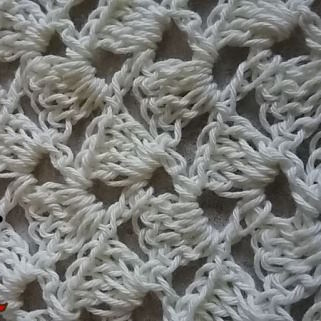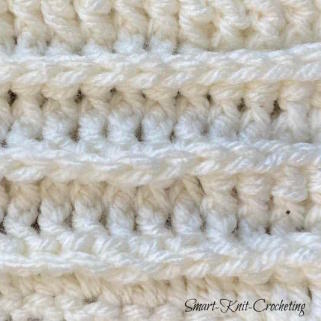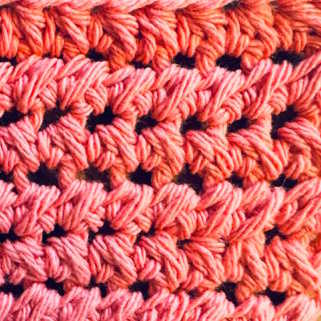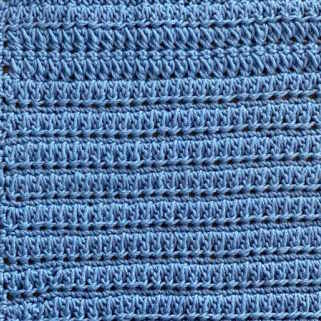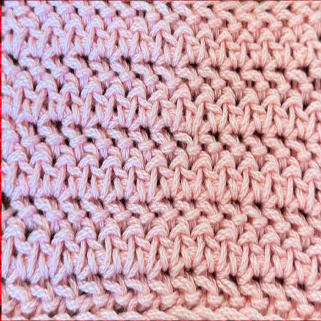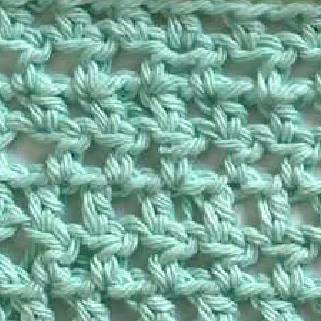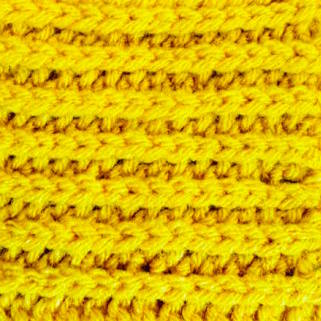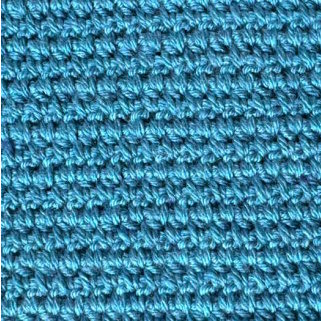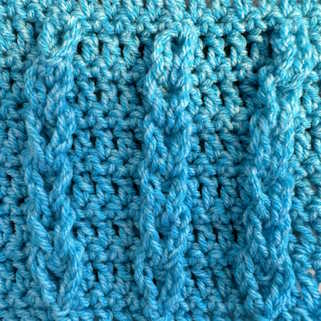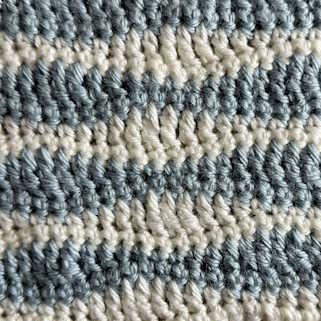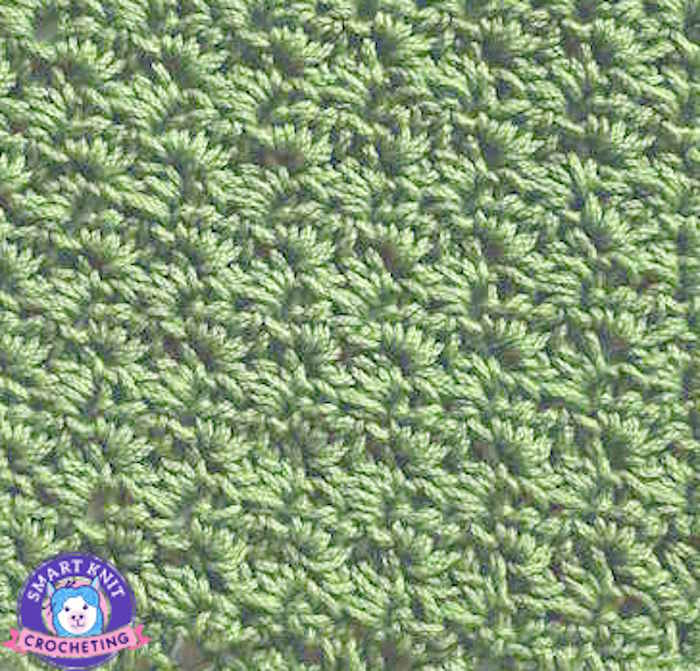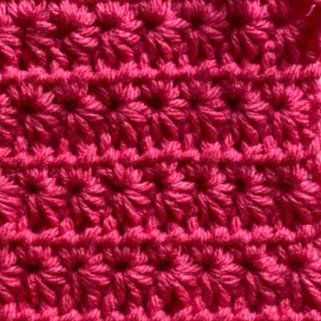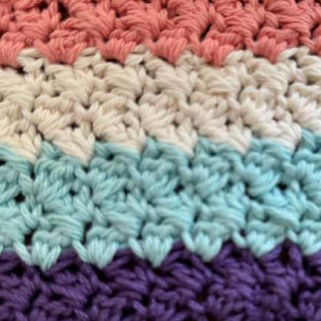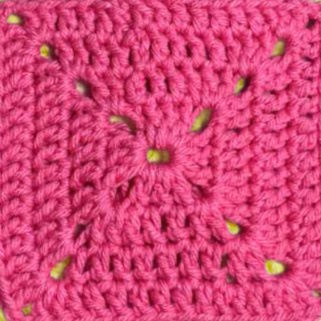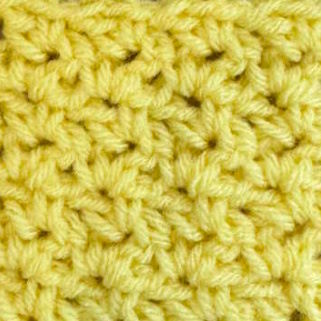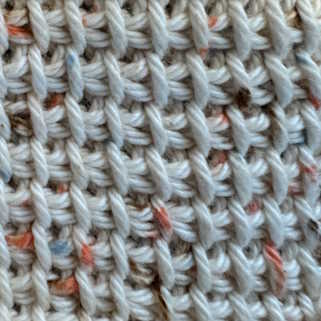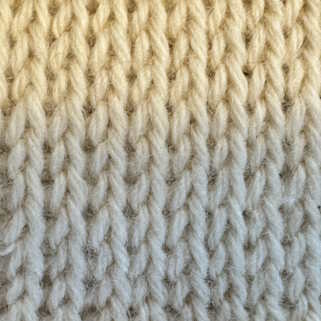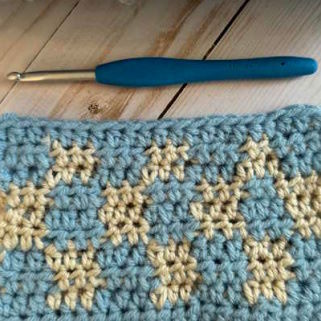- Home
- Crochet Stitches
- Types of Crochet Stitches
Exploring the Types of Crochet Stitches: A Comprehensive Guide
Types of Crochet Stitches by Janice Jones
Crochet is a versatile and rewarding craft that allows you to create many beautiful projects, from cozy blankets to intricate lace.
Please bookmark this page and return often.
I continue to add stitches on a regular basis.
The examples of stitches have links to other pages on this site, where I offer a free beginner-friendly tutorial on making them. Many of these pages also have free patterns to use while learning the stitch. Ready to learn some crochet stitches?
At the heart of this craft lies various crochet stitches, each with its unique texture, appearance, and difficulty level.
In this article, I will explain the different categories of stitches and then offer examples. These are my own groupings as I have not been able to find a standardized method to create crochet stitch categories.
Types of Crochet Stitches
1. Basic Stitches
Basic crochet stitches form the foundation of every crocheter's skill set and are essential for creating a wide range of projects, from simple scarves to intricate blankets.
Basic Stitches
The slip stitch is often forgotten as a separate stitch but is essential for connecting other stitches. Mastering these basic stitches is crucial for any crocheter, as they are the building blocks for more advanced techniques and patterns.
Read more about basic crochet stitches.
2. Textured Stitches
Textured crochet stitches are a fun and creative way to add visual interest and dimension to your projects.
These stitches transcend the introductory single, double, and treble crochets, incorporating techniques that create raised, bumpy, or three-dimensional effects.
You may argue that all crochet stitches are textured, and you would be right.
The stitches I’ve included in this collection include the bobble stitch, which creates small, ball-like protrusions; the popcorn stitch, which forms a puffy, raised texture; and the cluster stitch, which groups multiple stitches to create a dense, textured appearance.
3. Combination Stitches
Combination stitches are a category of crochet stitches that involve alternating between different types of stitches, such as single crochet and double crochet, to create unique textures and patterns.
These stitches add visual interest to projects and can create various effects, from simple, repeating patterns to more complex, textured designs.
For example, the seed stitch is created by alternating single and double crochet stitches in each row, resulting in a textured, bumpy surface resembling scattered seeds.
On the other hand, the moss stitch combines single crochet and chain stitches to create a dense, woven-like fabric with a slightly raised texture.
Waffle stitch and basket weave stitch are examples of combination stitches that use front and back post variations of double and treble crochet stitches. These stitches create a three-dimensional, grid-like pattern resembling a waffle or woven basket texture.
There are virtually infinite possibilities, but here are a few available on this website.
4. Lace Stitches
Crochet lace stitches are a beautiful and intricate category of stitches that create delicate, open-work designs reminiscent of traditional lace.
These stitches often involve working with fine threads or lightweight yarns and require more attention to detail and precision than basic crochet stitches. Most lace stitches are not considered beginner-friendly, but once you master the basic stitches, crochet lace is a definite possibility.
Lace stitches are created by combining techniques like chaining, skipping, and working stitches to form intricate patterns and motifs.
Some popular crochet lace stitches include Hairpin lace, that creates a light airy fabric, filet crochet, which uses a grid-like pattern of open and closed spaces; broomstick lace, which creates a unique, looped texture; and Irish crochet, which features delicate, floral-inspired motifs.
While lace stitches may be more challenging for beginners, they offer a world of possibilities for creating stunning, heirloom-quality projects that showcase the beauty and artistry of crochet.
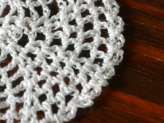 Picot Stitch
Picot Stitch5. Tunisian Crochet Stitches
Tunisian crochet, also known as Afghan crochet, is a unique style that combines traditional crochet and knitting elements.
It uses a longer hook, often with a stopper on one end, and involves working stitches onto the hook in a forward pass and then working them off in a return pass.
Tunisian crochet stitches create a dense, woven-like fabric with a distinct texture and appearance.
Some popular Tunisian crochet stitches include the Tunisian simple stitch, Tunisian knit stitch, Tunisian purl stitch, Tunisian full stitch, and Tunisian reverse stitch.
While Tunisian crochet may seem more challenging at first, it offers a wide range of possibilities for creating beautiful, unique projects that showcase the beauty and versatility of this technique.
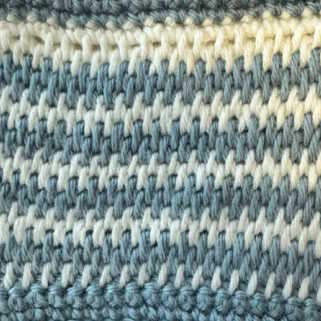 Tunisian Full Stitch
Tunisian Full Stitch6. Colorwork Stitches
Colorwork stitches involve incorporating multiple colors of yarn into a crochet project to create intricate patterns, designs, and visual effects. There are several ways to add color to crochet, each with its unique look and technique.
Tapestry crochet involves working with multiple colors in a single row, carrying the unused colors along the back of the work. Fair Isle crochet is similar to tapestry crochet but typically uses only two colors per row, with the unused color floating across the back of the work.
Intarsia crochet involves working with multiple colors in separate sections, creating distinct color blocks without carrying the unused colors across the back. Overlay crochet is a technique where a contrasting color is worked over the primary color, creating a layered effect.
These colorwork techniques allow crocheters to create stunning, multicolored designs that add depth and interest to their projects.
Difficulty Levels
The difficulty of crochet stitches varies, and some stitches are more challenging than others. The Craft Yarn Council has designated four difficulty levels: Basic, Easy, Intermediate, and Complex.
Basic stitches are the easiest to learn and are suitable for beginners. Textured and lace stitches require more experience and attention to detail, often involving working multiple stitches together or creating complex patterns.
Tunisian crochet stitches may also be more challenging for beginners, requiring a different technique and a specialized hook.
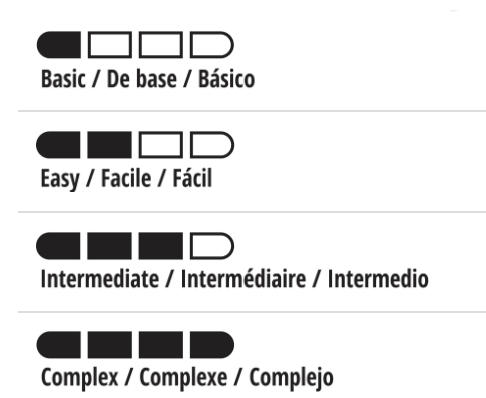
Choosing the Right Stitches
Crocheters determine which stitches to use based on several factors, including the desired appearance of the finished project, the level of difficulty they are comfortable with, and the specific requirements of the pattern they are following. When selecting stitches for a project, crocheters consider the following:
1. Fabric density: Different stitches create fabrics with varying density levels. For example, single crochet produces a tight, dense fabric, while double crochet produces a looser, more open fabric.
2. Drape: The choice of stitch affects how the finished project will drape. Lace stitches create a fluid, flowing drape, while textured stitches may produce a stiffer, more structured fabric.
3. Pattern requirements: Crochet patterns often specify which stitches to use to achieve the desired look. Following the pattern's instructions ensures that the finished project will match the designer's vision.
4. Personal preference: Crocheters may choose stitches based on their style, the techniques they enjoy working with, or the level of challenge they seek.
Last Words
In conclusion, the world of crochet stitches is vast and diverse, offering endless possibilities for creativity and self-expression.
By understanding the different types of stitches, their difficulty levels, and how to choose the right ones for a project, crocheters can create stunning, unique pieces that showcase their skills and imagination.
Whether you're a beginner or an experienced crocheter, exploring the various types of crochet stitches is essential to mastering this beautiful craft.
